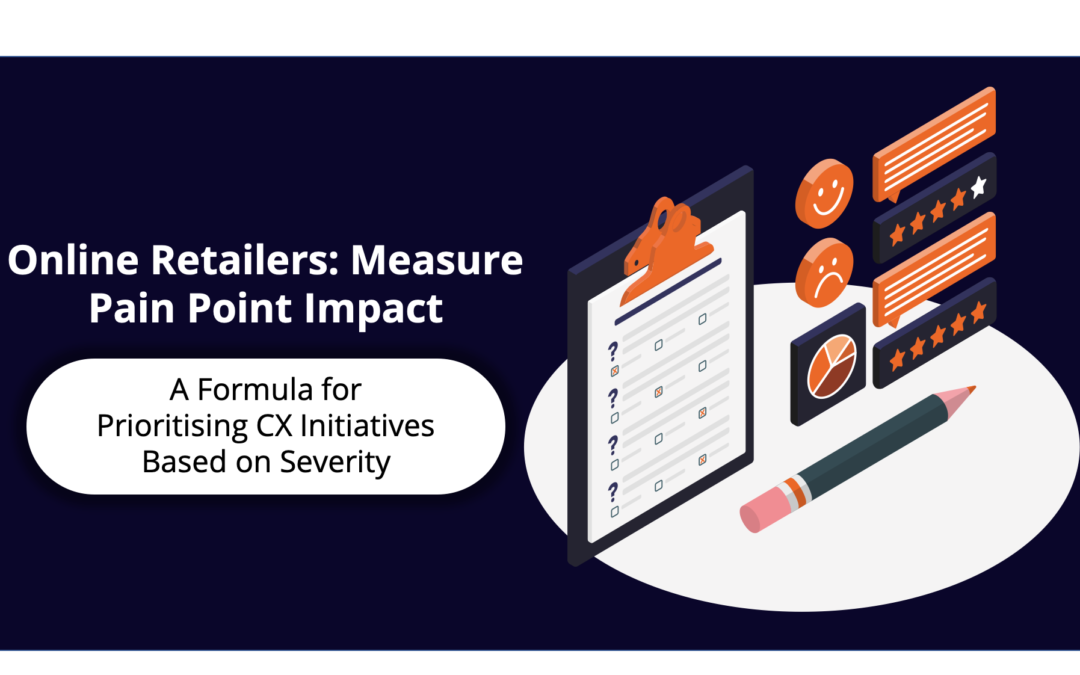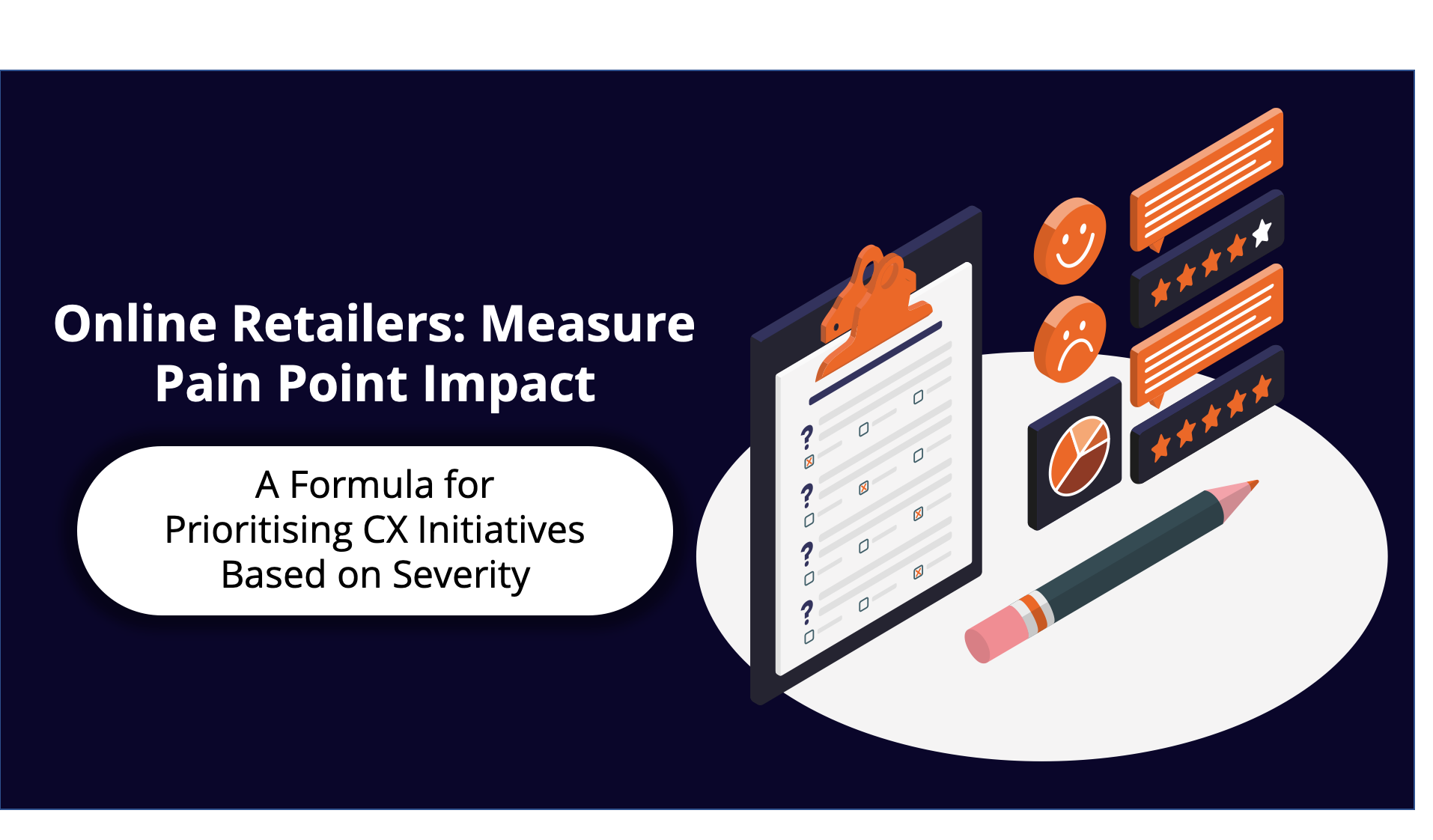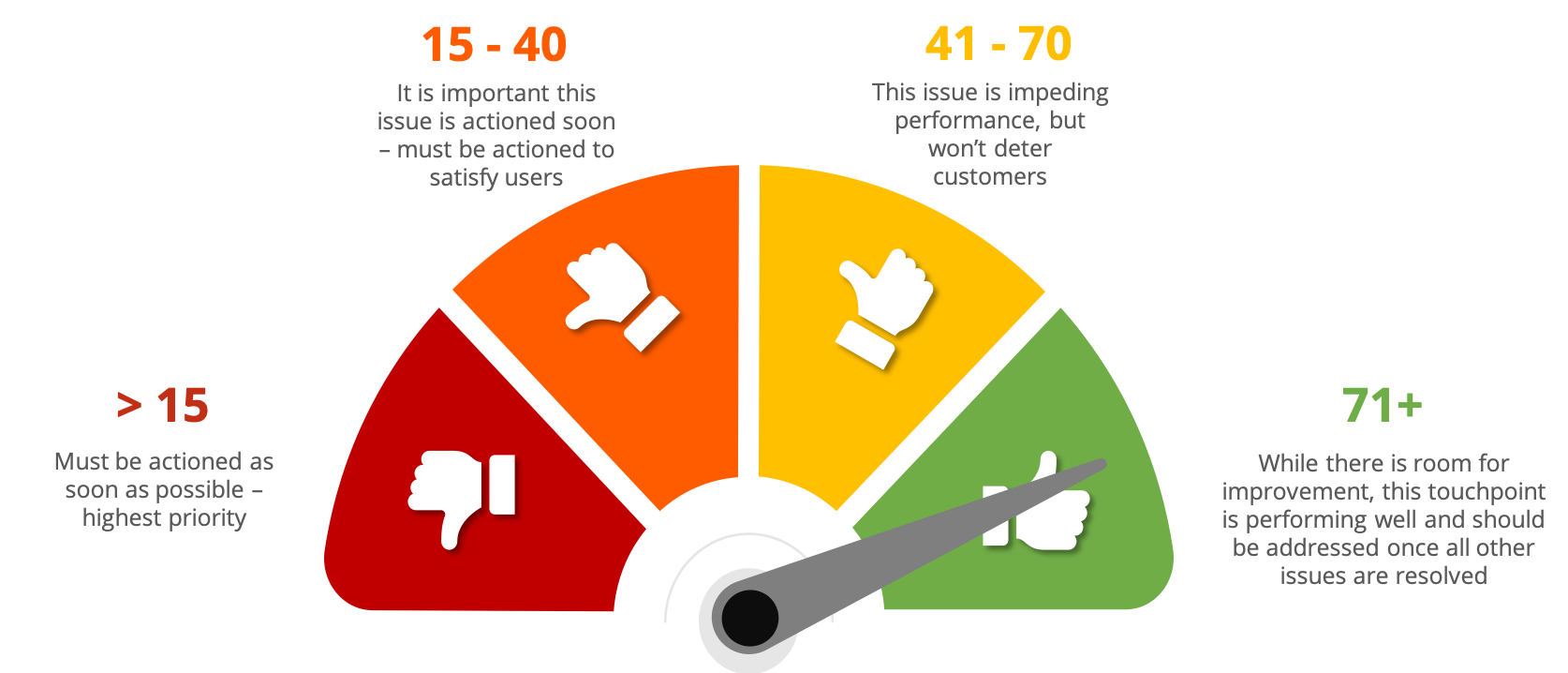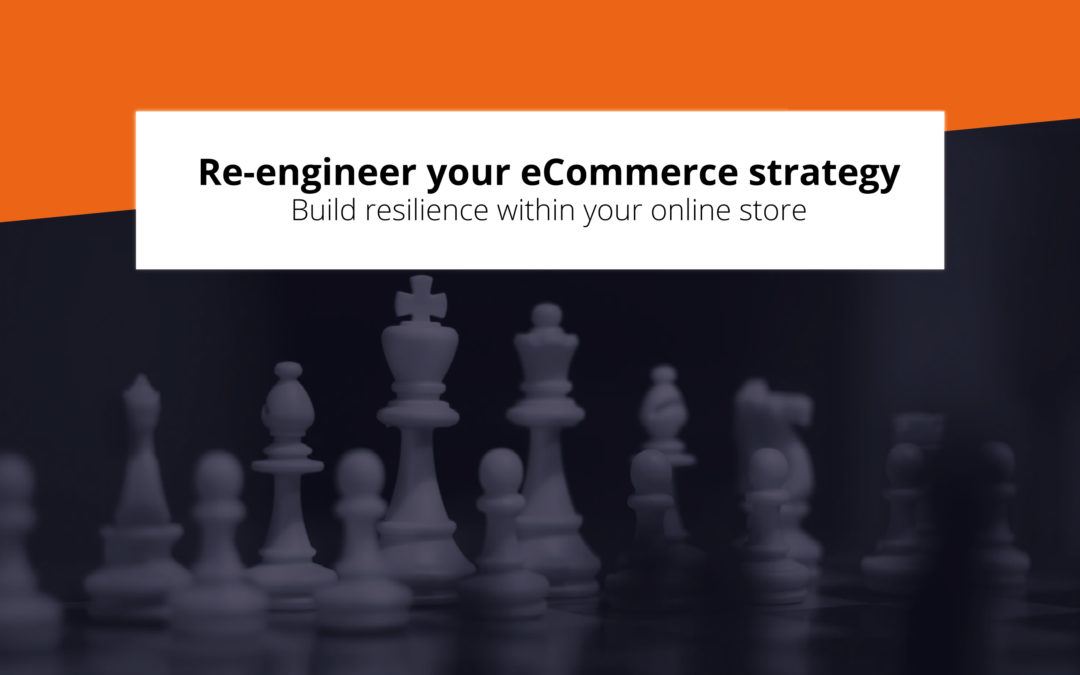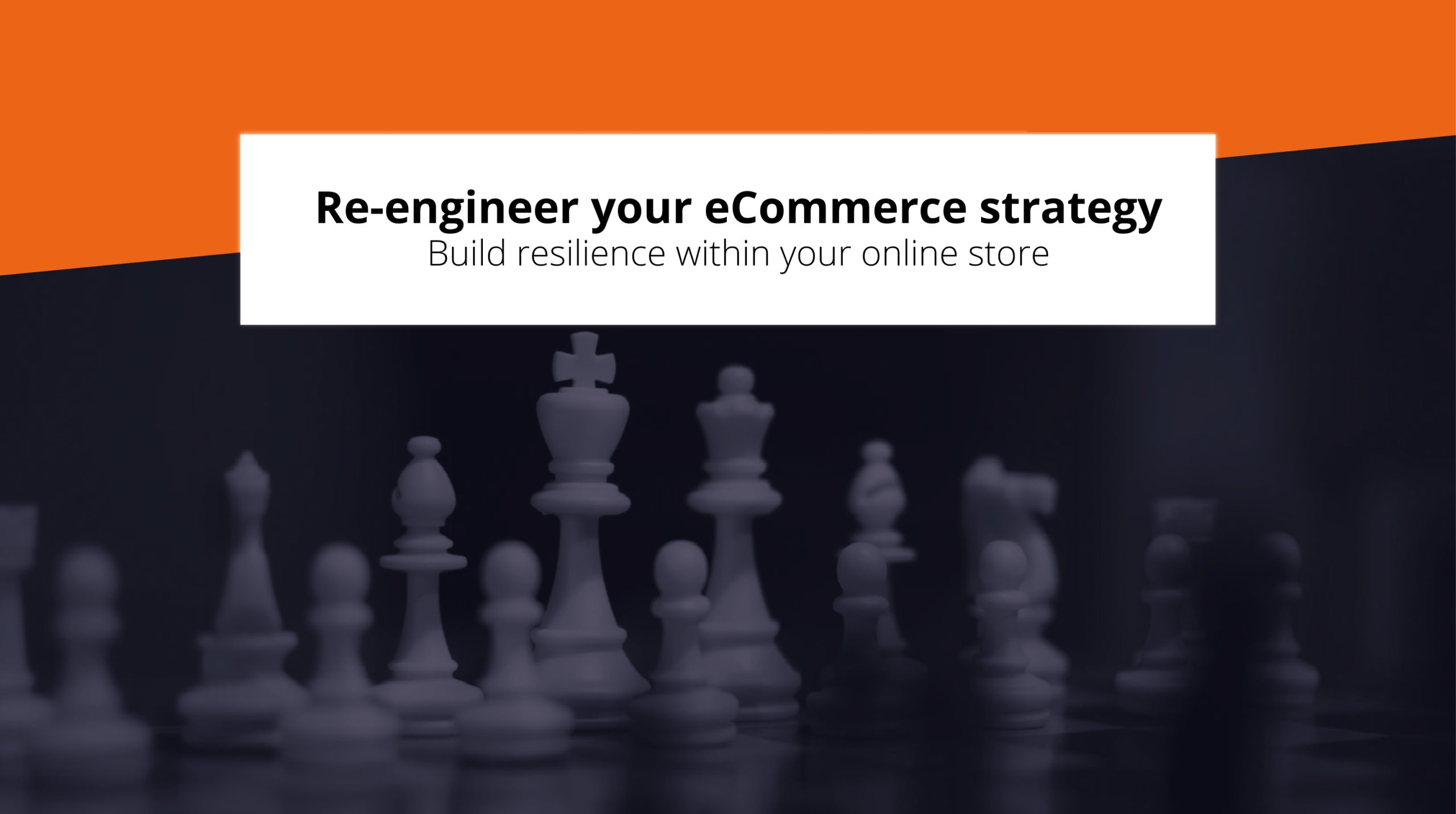Retail is in constant flux – storefronts are shuttered, then reopened and predicting or planning for any long-term goals seems futile. While there will undoubtedly be a shift towards online shopping post-pandemic for example, the return of brick and mortar will bring a downshift to the unprecedented growth we have seen in previous months.
In just three months, the eCommerce industry achieved 10 years of growth. It is important to recognise that while online stores might see exponential growth, it doesn’t come without its challenges and nothing lasts forever. As the market has grown, so too has competition, shopping behaviours have evolved and expectations have risen.
What we do know, is that this environment of uncertainty has presented a requirement to both make the most of the current eCommerce boom, but also ensure resilience within your online store post-pandemic, arming your business against volatility and preparing for the new normal. Simply riding the (very lucrative) wave with a short-term orientation isn’t sufficient. When Covid reared its ugly head, it became clear that the crisis will permanently change the way we live our everyday lives, including the way we shop.
Favoured online shops will be those who re-engineer eCommerce strategies towards tech and behavioural focussed operations, investing in their digital offerings rather than seeing it as an unnecessary expense due to 2019’s eCommerce boom.
Considered journeys
Competition and therefore expectations are rising, demographics are changing and demands are evolving. Behaviours have changed and relying on pre-covid customer experiences and touchpoints will impede performance. A number of trends have been identified over the past few months and that should force online retailers to rethink how they serve their customers.
For example, one of the biggest upticks has been from those aged 65+ – 43% of those in this age group have shopped more online since the start of the crisis. Pre-covid, this age group was the least likely to purchase online due to fears over viruses but have been forced to make the transition. The millions who have made the transition are relatively unsophisticated with online retail and require more supportive and seamless paths to purchase.
Increased competition in the eCommerce space over since the outbreak of Covid-19 has forced retailers to up their game, as well as bridge the gap between in-person and digital experiences. Taking into consideration the aforementioned points, customers will be more open to new ways of searching, exploring and purchasing products.
Creating a customer journey that somewhat mimics an in-store experience while taking into consideration new-found demands requires retailers to consider every touchpoint.
One of the main priorities should be a robust search function. Search is at the epicentre of product discovery and responsible for guiding a user throughout their journey and creating opportunities for upselling and cross-selling. Simply put, if a customer can’t find the product they are looking for, or fail to be met with relevant results they will abandon their search. There are a plethora of on-site amendments that can be made in order to create a powerful search tool, including product recommendations, UX and adaptations to filters. ‘Guidelines to an unrivalled on-site search experience’ details step by step actions retailers can follow to satisfy changing behaviours.
While A.I. is not yet ubiquitous in the industry, it is a game-changer in bridging the gap between online and in-store. Those that are leveraging the technology hold a distinct advantage with the ability to analyse user data to create more seamless experiences, as well as enhance internal operations. There are many use cases for A.I. across the industry, including a more intelligent search, personalised shopping and inventory management.
Tech-centric businesses models
To survive these unprecedented times, tinkering at the margins of a stagnant, but sustainable business model isn’t sufficient. The best technologies drive higher conversions and overhauls of data and technology processes are critical to develop experiences that lead to a more resilient future.
Some may see investing in tech as an unnecessary expense due to the rapid growth the industry has seen in recent months, however delivering real-time experiences that bridge the gap between online and in-store requires retailers to rethink stagnant strategies. Internal operations also benefit from tech, allowing the analysis of data to make more informed decisions in uncertain markets. In fact, there are a number of arguments for tech-focussed strategies during these times, including:
- Consumers can access 1-to-1, personalised support that mimics an in-store experience in real-time, as well as creating the opportunity for upselling and cross-selling
- Tech helps manage, analyse and predict operational decisions intelligently (such as supply chain management or behavioural analysis) based on large data sets to keep up with unpredictable swings in trends
- Enable scalable growth through automating operations
- More control over the everyday management of your online store and additional, smarter features
Whether building internally or partnering with external providers, tech is vital in driving new revenue streams or increasing current ones as well as driving strategic resilience to ensure competitiveness for a hyper-digital future.
Data
Every day, as customers enter your website, large amounts of data are gathered. All too often, retailers fail to harness that data to identify behaviours or process it to provide better experiences. Now more than ever, it is imperative that we do not neglect data. Harvesting data and producing insights is one of the single most important things a business can do to optimise the customer journey and stand out in this ever-evolving ecosystem.
Improving the speed, quality and scope of data silos is a requisite for any online retailer’s growth. To get the most out of data, a holistic approach is required. When data is managed and evaluated by difference teams, more valuable insights can be drawn.
Besides the gathering and analysis of data, data can also feed into internal tech and processed in real-time to provide personalised, experiences. During the lockdowns specifically, people have consumed so much content online that brands have been investing in data analytics and insights to execute more relevant experiences. Personalised experiences allow users to feel understood, assisted by the consistently increasing sophistication of artificial intelligence and data analytics.
The year ahead
It’s no secret that eCommerce has done well during Covid, but this year, as with any big disruption, businesses will be presented with both obstacles and opportunities. Facing an unpredictable market, every seller should be transitioning towards digital-centric business models and arming themselves with the tools necessary to survive volatility, informed by the lessons learnt this year.




